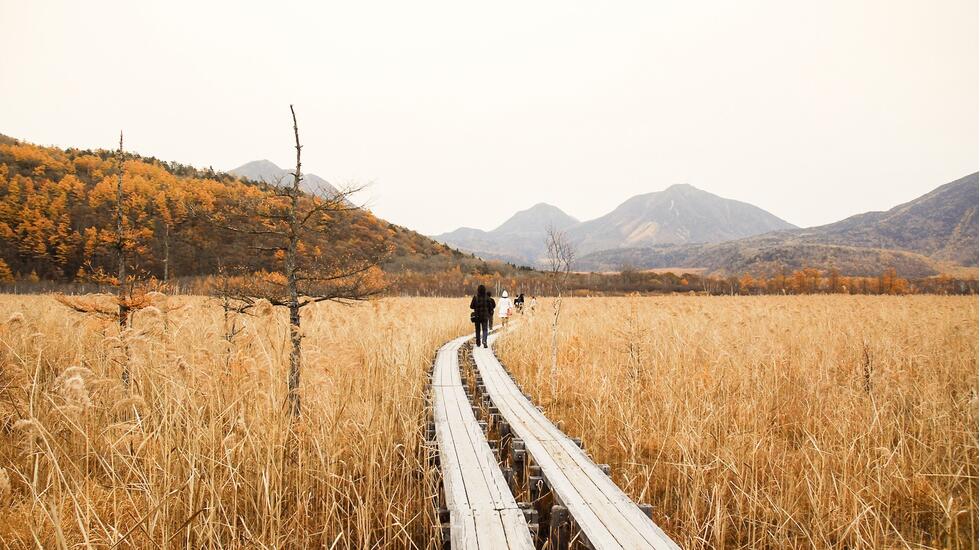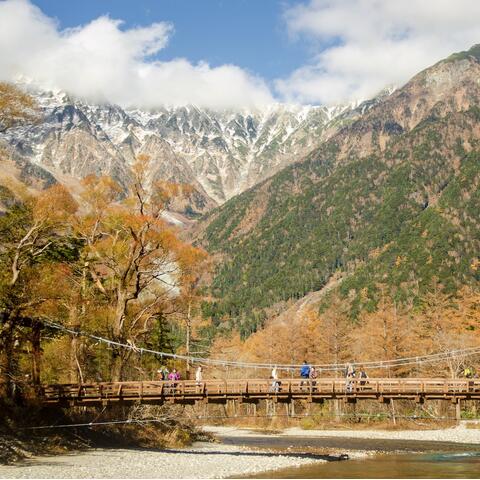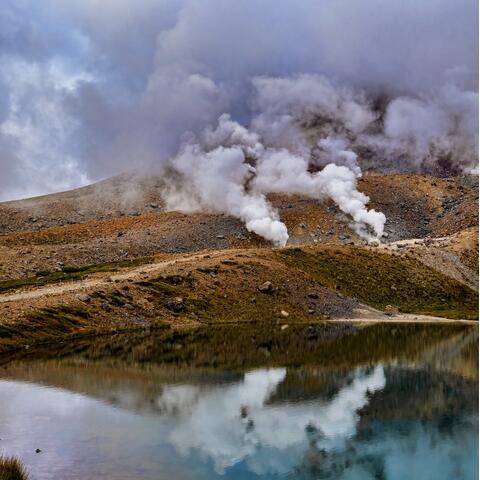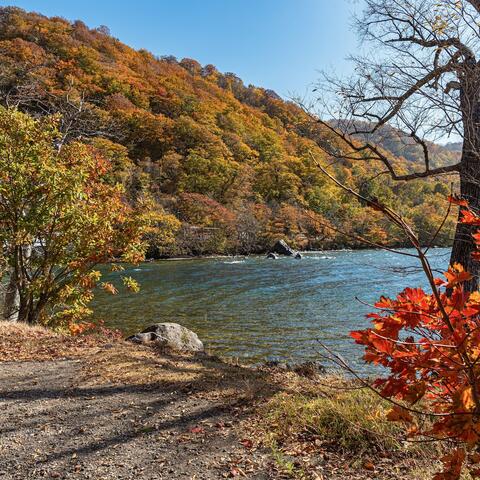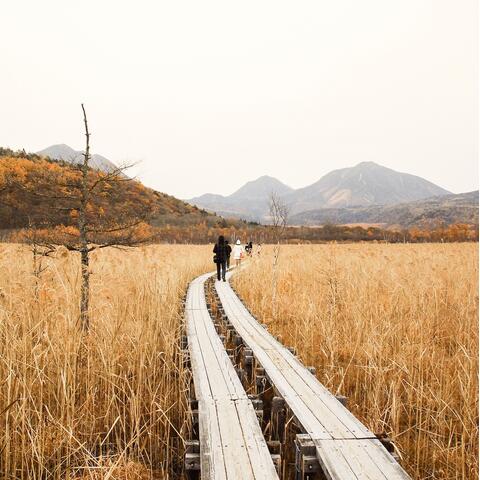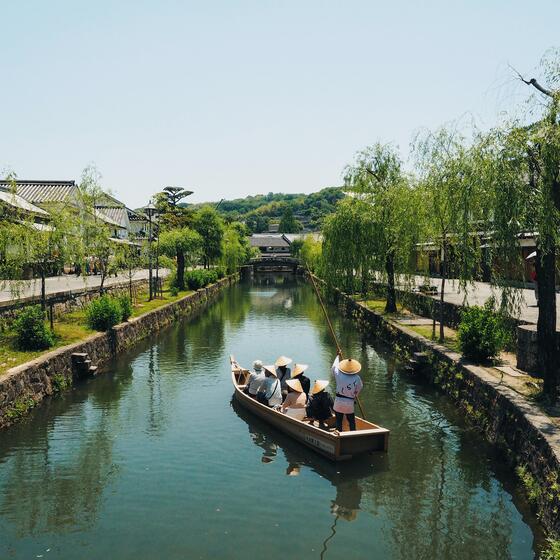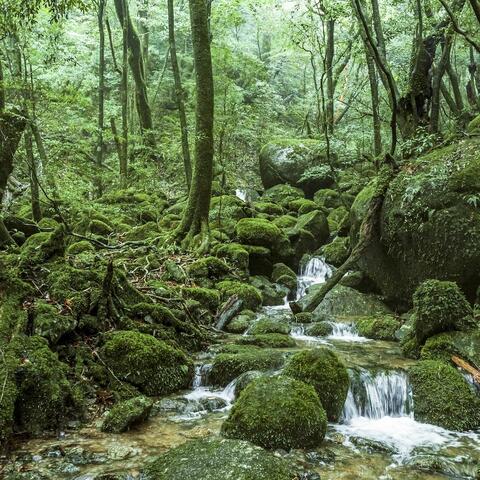
Shiratani Unsuikyo Gorge, Yakushima
Best for: shinrin-yoku (forest bathing)
Watch your step, Indiana Jones. Exploring the twisting trails of
the Shiratani Unsuikyo Gorge requires sure footing as you navigate
the rope-like roots of the ancient cedar trees (called yakusugi)
that grow, gnarled and twisting, to form a storied forest spanning
over 240 hectares. You’ll have to catch a ferry (or a flight) to
Yakushima island, but the hassle is worth it. These forests hide
over 1,900 species and subspecies of flora, including a
7,000-year-old cedar. Routes winding between moss-covered trunks
and wet ferns are relatively easy, varying between one and five
hours in length, and paths (including a historic Edo-period trail)
are well maintained. Watch the animation Princess Mononoke before
you visit: it’s said Studio Ghibli director Hayao Miyazaki took
inspiration from the forest’s countless shades of green.
